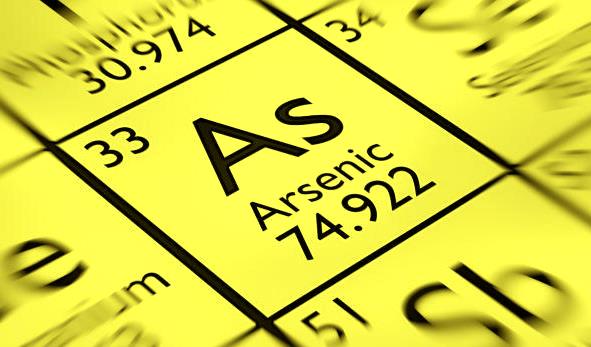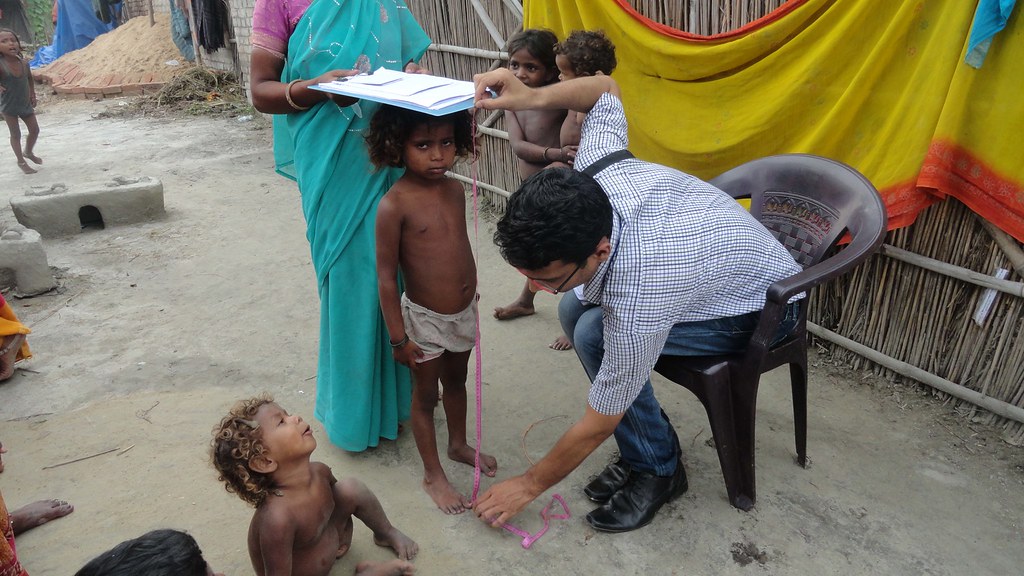
Groundwater plays a crucial role as the most common source of drinking water for millions of rural and urban families in India. According to rough estimates, it accounts for nearly 80 per cent of the rural domestic water needs, and 50 per cent of the urban water needs in India.But according to some studies, where groundwater is being used intensively for irrigation and industrial purposes, a variety of land and water-based human activities are causing pollution of this precious resource.
Moreover, its over-exploitation is causing aquifer contamination in certain instances, while in certain others its unscientific development with insufficient knowledge of groundwater flow dynamic and geo-hydrochemical processes has led to its mineralization.According to a CNN report, published in 2017, about 239 million people across 153 districts in 21 states of India were drinking water that contained unacceptably high levels of arsenic contamination. Calculations based on information provided by the water resources ministry in response to a question in the Lok Sabha had revealed that 65% of Assam’s, 60% of Bihar’s and 44% of West Bengal’s population were consuming arsenic-contaminated water.
In many studies, high levels of arsenic above the permissible levels of 50 parts per billion (ppb) were found in the alluvial plains of Ganges covering six districts of West Bengal. Presence of heavy metals was also found in groundwater in 40 districts from 13 states, viz., Andhra Pradesh, Assam, Bihar, Haryana, Himachal Pradesh, Karnataka, Madhya Pradesh, Orissa, Punjab, Rajasthan, Tamil Nadu, Uttar Pradesh, West Bengal, and five blocks of Delhi.
Arsenic (As) is a chemical element present in rocks and deep soil. It gets introduced into soil and groundwater during weathering of rocks and minerals followed by subsequent leaching and runoff in rains. It can also be introduced into soil and groundwater from anthropogenic sources like mining and industrial seepage.
Arsenic is an element that occurs in organic and inorganic compounds. According to the International Agency for Research on Cancer, its presence in inorganic compounds is highly toxic and carcinogenic. Arsenic contamination of drinking water causes a disease called arsenicosis, for which there is no effective treatment, though consumption of arsenic free water could help affected people at early stages of ailment to get rid of the symptoms of arsenic toxicity. Arsenic contamination is by far the biggest mass poisoning case in the world putting 20 million people from West Bengal and Bangladesh at risk though some other estimates put the figure at 36 million people.
In India, groundwater arsenic contamination first surfaced from WestBengal in 1983, followed by a number of other States, namely; Jharkhand, Bihar, Uttar Pradesh in flood plain
of the Ganga River and Assam and Manipur in flood plain of the Brahamaputra and Imphal rivers.
The first known case of arsenic poisoning in India occurred in 1983 in Kolkata, West Bengal, when a patient developed skin lesions.Experts argue that arsenic groundwater contamination has far-reaching consequences.
Including from its ingestion through food chain, to more complex which are in the form of social disorders, health hazards and socio-economic dissolution besides its sprawling with movement, and exploitation of groundwater. The food crops grown using arsenic contaminated water are sold off to other places, including uncontaminated regions where the inhabitants may consume arsenic from the contaminated food.This may give rise to a new danger.
According to World Health Organisation long term intake of such water leads to arsenic poisoning or arsenicosis, along with cancer of skin, bladder, kidney or lung, or diseases of skin (colour changes, and hard patches on palms and soles), or blood vessels of legs and feet. Further, fresh evidences have also indicated possible association between intake of contaminated water and onset of diabetes, hypertension and reproductive disorders.
While WHO guidelines suggest acceptable levels of arsenic in drinking water at 0.01 mg/litre. In these 153 districts, the arsenic level in groundwater is above this benchmark.
For India, the WHO has said that, in the absence of an alternative source of water, arsenic of 0.05 mg/l could be treated as a permissible level. How many districts are above even this level? The answer given in Parliament unfortunately does not have that information. Where does this arsenic come from? The main source in drinking water is arsenic rich rocks through which the water filters.It may also occur because of mining or industrial activities. Drinking the water, crops irrigated with it, and food prepared with contaminated water are the sources of exposure. Fish, shellfish, meat, poultry, dairy products and cereals could also be dietary sources of arsenic.
Dr. Ashok Ghosh, a professor at the Mahavir Cancer Institute and Research Centre in Patna, Bihar, who has been studying groundwater pollution in the state since 2004, in conversation with TOI have said arsenic concentration had already shot up in the groundwater supply of some Bihar districts when he begun his research.
According to reports, 17 of Bihar’s 38 districts have groundwater with arsenic concentrations above the permissible limit. Hand pumps in some parts, such as the district of Buxar, have been found to have severe arsenic poisoning with concentrations above 1,500 parts per billion, he further stated.
Calling arsenic contamination as a slow poison, Dr. Ghosh warned symptoms appear only after continuous ingestion over five to 12 years.Arsenic in drinking water gets absorbed through the intestine into the bloodstream through which it reaches the various organs. The human body normally gets rid of smaller amounts of arsenic through urine. However, if there are large amounts of arsenic, the remaining arsenic accumulates inside the body and can lead to the adverse health effects as mentioned.However, the mechanisms underlying the adverse health effects by arsenic are not completely known. The level of accumulated arsenic can be known by investigating nail and hair samples.
According to a report revealed by the Ministry of Drinking Water and Sanitation, 1.47 crore people in India face serious health hazards due to presence of arsenic in groundwater. Moreover, as many as 96 districts in 12 states have been affected by high arsenic contamination in groundwater.
Around 70.4 million people in 35 districts alone have been exposed to groundwater arsenic.
Over one lakh deaths and 2 to 3 lakh confirmed cases of illness have reportedly been caused by groundwater arsenic.
Statues, West Bengal leads in Arsenic contamination with 9756 areas affected, followed by Assam with 4416 areas affected.
For mitigation of arsenic in water some necessary steps have been discussed in the scientific community. Some of them include:
- Surface water based piped water supply system wherever feasible,
- A separate department in the District hospital for treatment of arsenicosis.
- Medical records handling of number of patient in particular area like in a block -wise, in a village- wise.
- Spot test facilities to be made available.
- And organising of mass awareness programs.
The problem of arsenic contamination of water is not just a India-specific problem, in fact, the presence of arsenic in water is a huge problem worldwide. It is now recognised that at least 140 million people in 50 countries have been drinking water containing arsenic at levels above the WHO provisional guideline value of 10 g/L.Apart from arsenic, other toxic chemicals like Fluoride and Chlorine are also present in tap water in high amounts and lead to further health complications.













